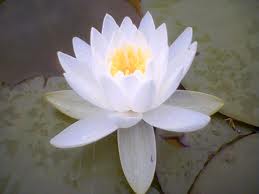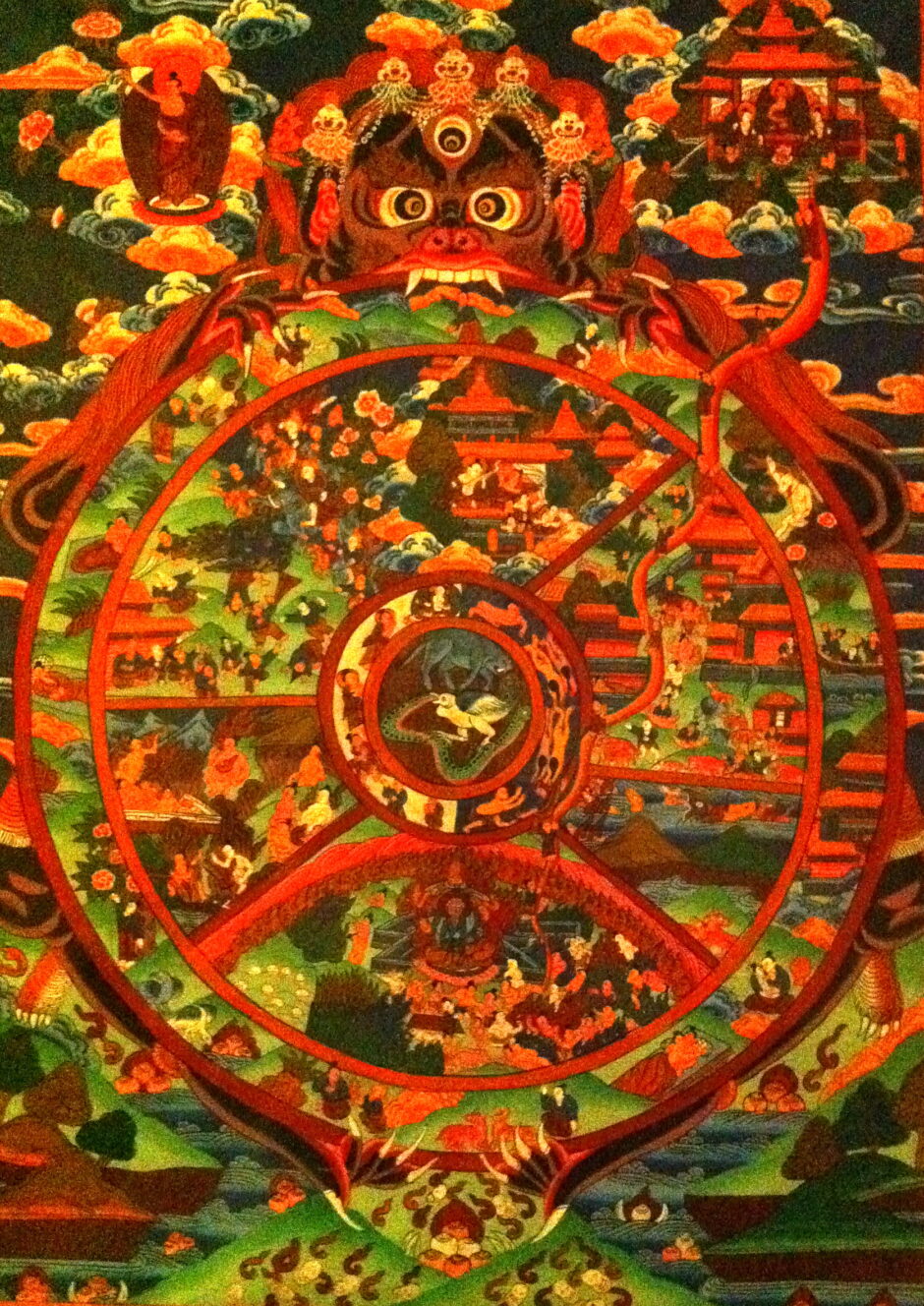
A BARDO IMMERSIVE MOVIE
A young love triangle in the life after death state.
Inspired by the Tibetan Book of the Dead
Adam has a near-death experience, Julia is dead, Chloe was given a date drug.
Each character has their own individual Bardo experience.
Love & Death
Julia dies in a car crash.
Memories of her life flash through her consciousness.
She relives her love story with Adam, who is the central character of her life.
She witnesses Adam meeting Chloe, who shares a past with Julia.
It was all part of Julia’s plan.
Julia is reborn as Adam and Chloe’s child, so the three can be together again.
Tibetan Book of the Dead
Bardo Thodol (Bar-do’i-thos-grol) in Tibetan or more commonly known as “The Tibetan Book, of the Dead”, is a classic of the world’s religious literature.
It concerns the nature of the mind and its projections – beautiful or terrible, peaceful and wrathful – which seem to exist objectively and inhabit the external world.
In particular, it describes these projections as they appear immediately after death, in a much more overwhelming form, since the consciousness is no longer grounded and shielded by its connection with a physical body.
The consciousness is able to relive memories of one’s past life in the most vivid detail – every action, word and thought is stored and can be replayed as if for the first time.
In this ultra expansive, superior intelligence state, one is also able to enter the consciousness of all humans, creatures, nature, the cosmos, macrocosm and microcosm, in all dimensions – especially one’s loved ones, and feel and experience what they are experiencing.
Through recognition of all these – often beautiful, ugly, pleasant, terrifying and seductive forms and memories, it becomes a form of self-judgement.
One can sum up one’s karma, as if through the greatest mathematical algorithm.
It teaches that all of us and the whole universe are all energies, interconnected, and governed by the laws of cause and effects and karma.
Recognizing these as projections, learning through them, leading to a judgement, and the possibility of attainment of the state of enlightenment, and eventual rebirth.
It is about the effects of karma, the the percussions of one’s actions, words and even thoughts.
It is a guide to a successful reincarnation, and one which often leads to reversals, male to female, oppressor to oppressed, and so forth.
One is able to live out in “one’s” future life, what the “other” went through in ones past life – thus challenging many questions, like what is good and evil, what is right, what is wrong and the entire concept of ethics in the larger scheme of things.
Often the same cast of characters are intertwined life after life, giving one the opportunity to resolve karma and the repeating patterns that may last for eons and multiple lifetimes.
This centuries-old scripture was traditionally read aloud to the dying to help them transcend and see death and rebirth as a process that offers the possibility of attaining ultimate liberation, from reincarnation.
Bardo means gap. It is not only the interval of suspension after we die but also suspension in the living situation.
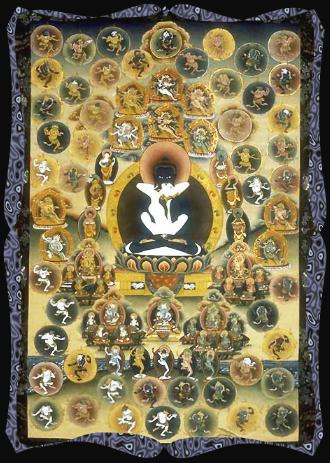
According to the Tibetans, death happens in the living situation as well.
The Bardo experience is part of our basic psychological make-up.
The Bardo experience raises questions about the nature of perception and reality, distortion and fact. By bridging reality, fantasy and memory, it raises the ultimate question: is our reality just a projection?
The book is not only a message for those who are going to die and those who are already dead, but it is also a message for those who are already born: birth and death apply to everybody constantly, at this very moment.
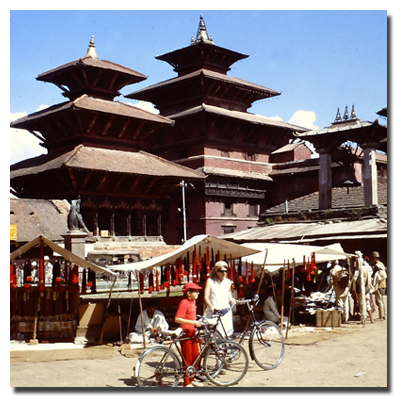
History
I came across this book as a teenager in India when we visited Nepal.
When I was at MIT, studying art, design, and film, I received a grant to turn it into a one-hour immersive three-screen film and I had William Burroughs writing the script and Phillip Glass the music. We got only part of the way as the computers were not up to speed.
When I came to Hollywood, I developed a screenplay (“Bardo”) which was a mainstream film aimed at a wide audience, and also two subsequent low budget indie versions (“Last Verse”, “In a Dark Wood”).
After seeing the recent breakthroughs in VR I became interested in a realization of it as a VR experience and embarked on creating a new screenplay – utilizing lessons learned from the previous incarnations of this project and molding it into a hybrid project (a movie with accompanying VR experiences) that could be perfect for today’s audiences.
The film would be shot in an immersive style, in ultra-high resolution, that could be screened in IMAX or even larger venues (such as the Las Vegas Sphere), followed by traditional formats.
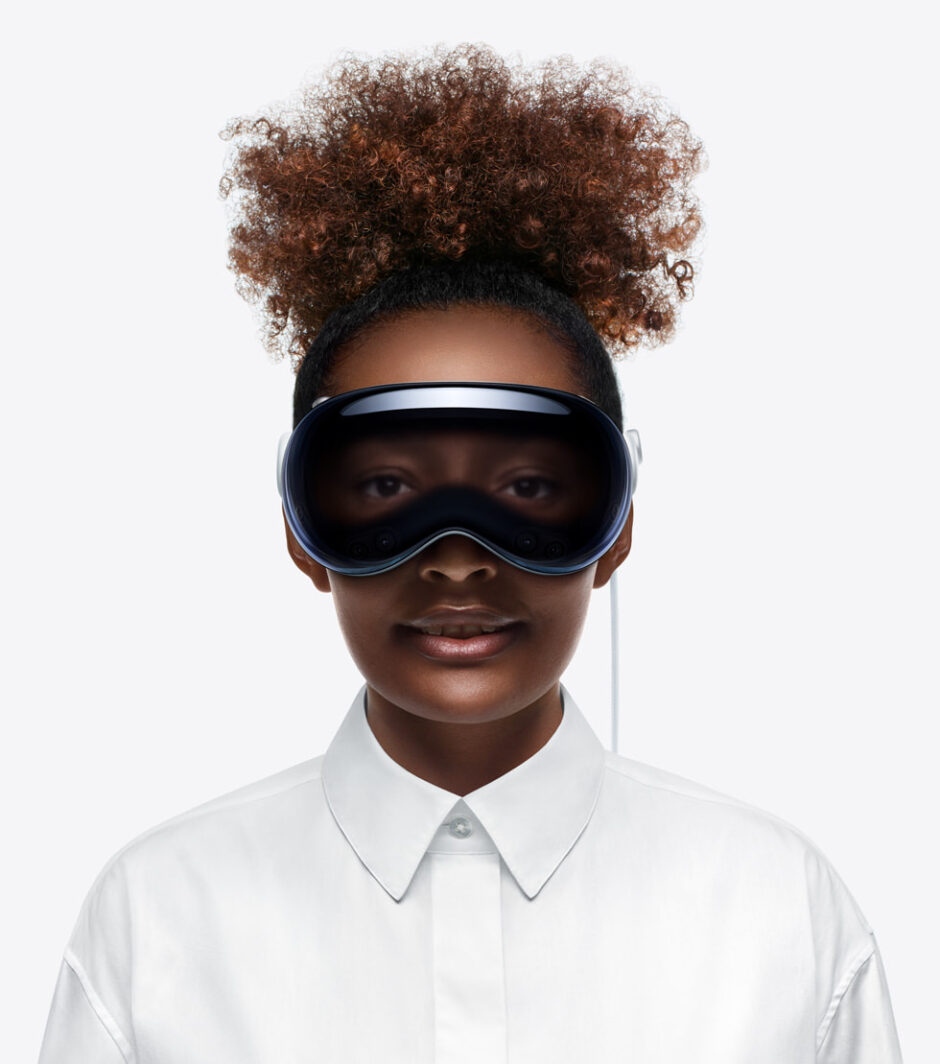
The VR would be a parallel component – a series of moments taken from the story, to be released on the Apple Vision Pro platform.
The screenplay is divided into segments of 12-15 minutes each (in VR, it can become too overwhelming to watch in one sitting).
This also offers the opportunity to present it as a limited series on streaming platforms and monetize it as individual pieces of content.
The screenplay is an epic story that was intended to “overwhelm” the mind of the viewer (simulating what the Tibetans describe as the death experience), and in a TV/streaming medium it could be taken more slowly and leisurely, with each segment expanded, so we spend more time with the characters and the situations.
Immersive Large Screen Experience and VR offshoots
(in conjunction and parallel with the movie)
The Tibetan Book of the Dead describes the Bardo as an overwhelming hallucinatory state, that is multi-dimensional, combining simultaneous levels of time, memory, space and realm.
The audience is often the consciousness of one who has died (subjective POV), but the character can also appear “watching”, so we can also become an objective POV – like watching one’s physical ghost of current age beside one’s image as a baby – even witnessing one’s own birth.
The past and the present reunite and become one. Memories merge and interact with current reality. It is a chance to combine several realities and time frames into a single shot or immersive experience, witnessing moments from one’s life play out all around as we, or the protagonist, interacts with the memories.
The experience is grounded by placing it largely in real settings with real people from the main character’s life – it is more about connecting death to life, reality to memory, rather than visiting otherworldly realms.
Films about death often have fantasy settings (“What Dreams May Come”, “Pretty Bones”) as they try to create a sort of spectacular, limbo-fantasy life-after-death setting which is difficult and often unreachable for our imagination – here we try to take the opposite approach, by grounding what we see on the screen in real, immersive settings and locations.
Adam’s experience is also colored by him being a designer of VR video games, enabling connections between his memories and the games he is working on.
The three characters are often seen surrounded and immersed in memories, visions, and hallucinations (“cycloramas”) – to be filmed on a 360 virtual or green screen sets and then capturing various moving components individually to collage/composite behind and around the actors, and then placing them in real locations. A majority of the film and VR experiences will be shot on real locations, in the US and around the world, and in space. This will often involve capturing scenes in multiple ways and multiple cameras to create assets to be used in both formats.
Story-synopsis
The script is a love triangle between three characters who find themselves intertwined in the Bardo state.
Adam suffers a heart-attack (near-death experience), Julia is truly dead, and Chloe was given a date drug.
We visit dream-states, hallucinatory-drug experiences, and moments of illumination where life and Bardo almost meet.
The film begins with a ghost like image of a young woman, Julia (21) as if watching…
Adam (24), works at a VR startup designing games.
Over a weekend in Las Vegas, he hooks up with Chloe (22), a fashion design student, moonlighting as an escort, at a music festival.
Adam swallows experience enhancing substances, overdoses, has a heart attack and is placed on life-support.
He is declared technically – almost dead.
In the near-death state, he reunites with Julia (she turns out to be his college sweetheart (love of his life) who died three years earlier, just after they got married.
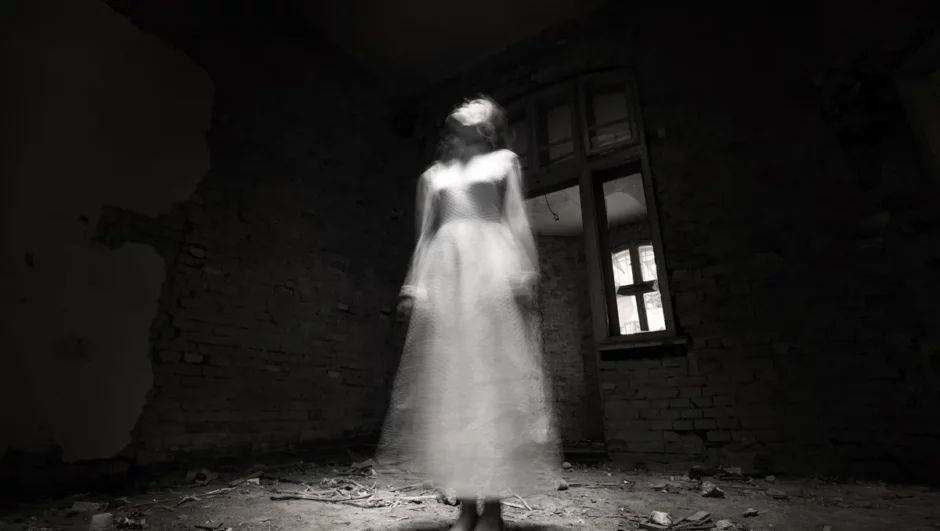
Julia’s, who is dead, experiences what Adam is experiencing. Their points of view merge, as they re-visit scenes from their lives and loves.
Julia encourages Adam to snap out of the bardo, return and live out the remainder of his life.
Julia has brought Adam and Chloe together for a reason.
After Adam unexpectedly snaps back to life, Chloe immediately rejects him, and they go their separate ways – but Julia engineers a way for Chloe to visit the Bardo through a date-drug experience.
As the two women “meet”, they resolve past karma between them.
All three are linked in more ways than one.
As the audience, we experience three Bardo journeys – Adam goes part of the way and turns back. Julia takes the entire ride (the movie is told through her eyes, although we do not realize it, until halfway through). Chloe dips into the Bardo, her mind clouded by the drugs, just to meet Julia.
Chloe’s destiny is to be with Adam… so Julia and Adam can be together again. Julia is reborn as their child, Jules.

Inspiration
Several films have been an influence – It’s a Wonderful Life, Ghost, Jacobs Ladder, 2001 and Enter the Void, Matrix.
Even people who do not believe in life after death or reincarnation would relate to the story – it is about looking back and seeing the effects of karma – the power of each action, word, and thought.
It is also about being fully in the moment in every point – seeing the magic of life, the world all around us and the loved ones that surround us and are connected to us in more ways that we can imagine.
It’s about how we all are so interconnected and ultimately one and all.
It is really a movie about love and life, rather than death.
I see it as a new version of the classic “It’s a Wonderful Life.”
My hope is for it to be a visceral (beautiful, awe-provoking, mind-blowing and at times terrifying) experience as well as a journey that is moving, emotional, sensual, consciousness expanding and ultimately even “spiritual”.

Core Audience
Understanding death one can lead a richer more meaningful life – especially if there is still much left to experience – so we are aiming at younger audiences.
The central character is a designer of games – the story is about young love, childhood, school, college, relationship to one’s parents.
It is set in the world of tech start-ups, the Electric Daisy Music Carnival, Burning Man Festival, the outdoors – backpacking around the world, action sports and situations that would be fun for a young audience to enjoy as a large screen immersive and VR experience.

Budget
Coming from the independent world, I see this as a film that could be done on a modest budget – it could mushroom into something bigger by embellishing the effects – but at its core it is an emotional film – about real people – real lives – real places – so the effects should not overpower the experience. As an indie project, it can be more daring, and we can push the envelope further.
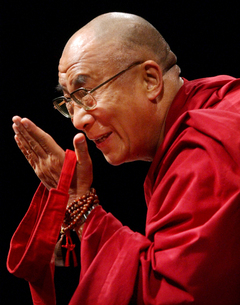
Personal Connection
My mom has vivid memories of her past life, and I have seen the proof – I’m 99% sure that life does not end after death.
My writing partner on the original “Bardo” passed away a few years ago, but the moment I decided to write the new version as a VR film, the script came to me guided as if from beyond – often I found myself writing, without even being aware I was writing – and it was a joyful experience.
I met with a practitioner of past-life regression therapy and interviewed her. One fascinating aspect has been the reversals she has encountered, time and after time – unresolved issues repeated from life to life – men being re-born as women, parents reborn as offspring, the same “cast of family characters” appearing in different configurations. She has seen abusers being reborn as the ones abused, racists as ones discriminated against, killers as their victims.
I tracked down the Dalai Lama and offered the script to him – he took it, smiled and sort of giggled… then just bowed – a perfect “Bardo” moment.
Rafal Zielinski
